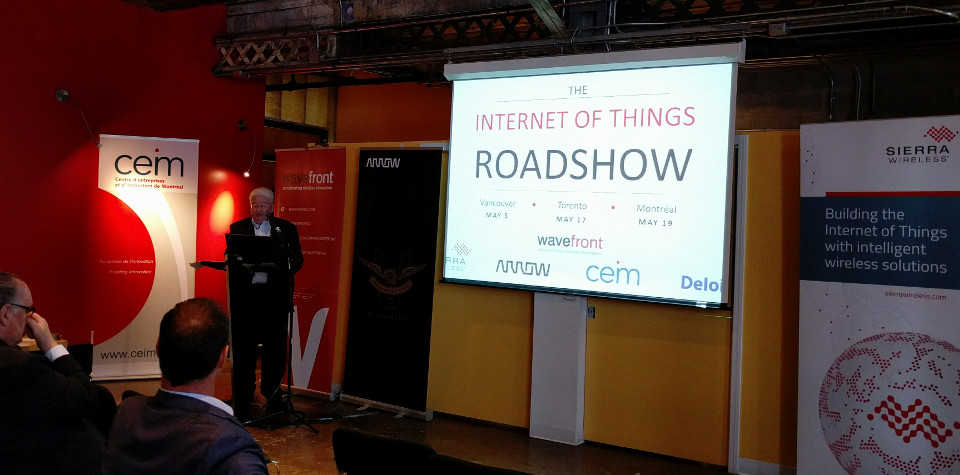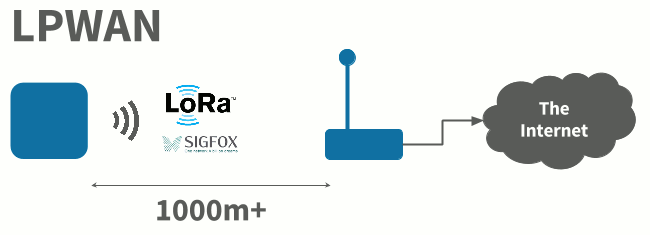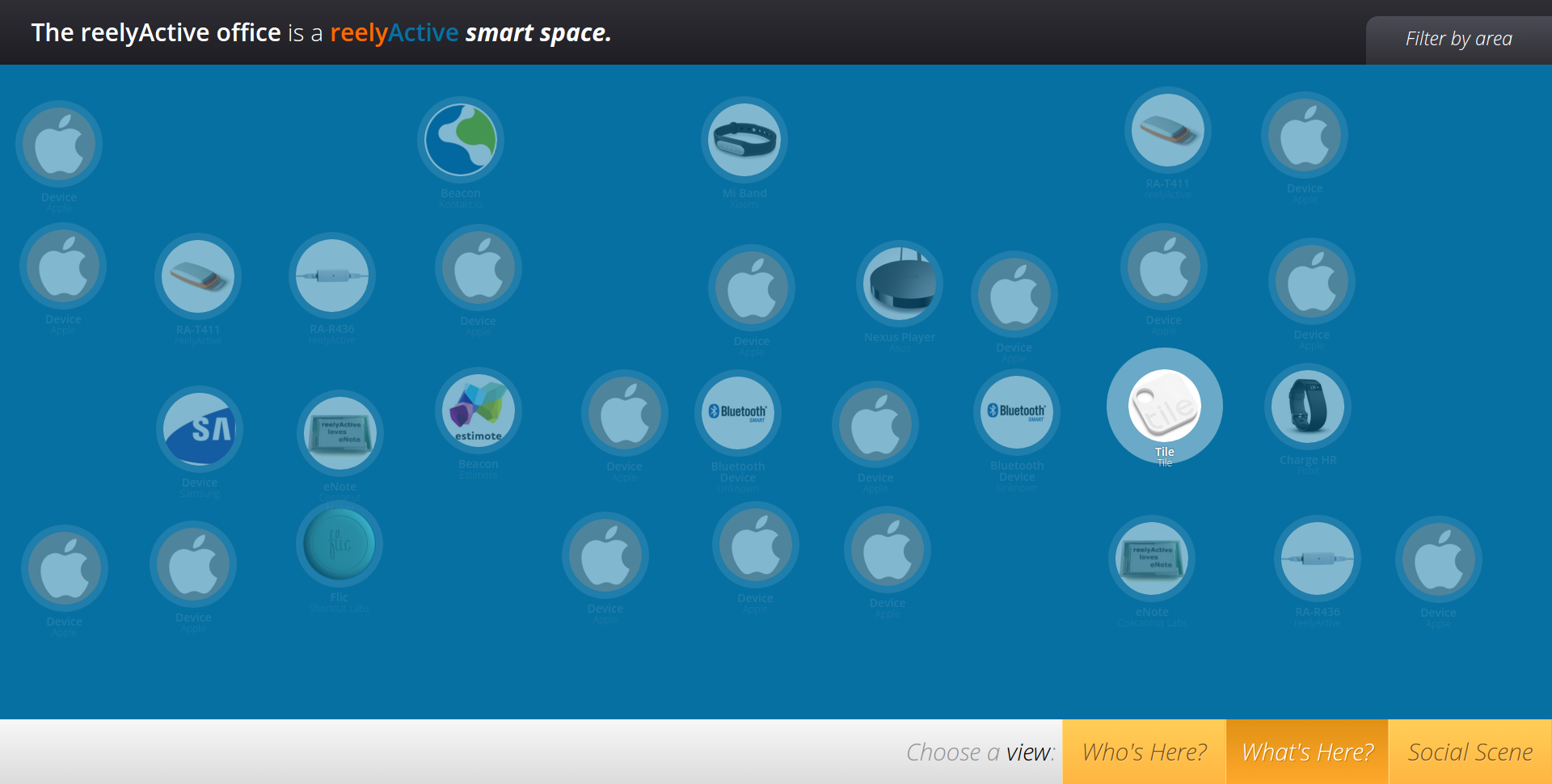This week we attended the Wavefront IoT Roadshow where much of this year’s hype was around LPWAN technologies which allow simple, inexpensive radio devices to communicate short messages with cellular base stations kilometers away. An excellent example of the potential of this technology is the SMOCKEO smoke detector which automatically and securely communicates status and alerts to the Internet via the SigFox LPWA network — without any network configuration required. Curious about their optimism surrounding ubiquitous LPWAN adoption, we asked the final panel of experts when they’d expect such devices to be able to connect seamlessly anywhere in the world, if ever? Crickets…
Indeed, there are several competing standards for LPWAN including SigFox, LoRa and LTE-M, and the panel shared little optimism that any single one would cover all geographies. So for all the hype around long-range IoT, it is, at least currently, still very much relegated to niche applications of early adopters in select regions. And this makes us scratch our head as to why the complementary concept of Low Power Local Area Networks (LPLAN) doesn’t even come up in a Google search! Allow us to explain.
Today there are billions of Bluetooth Low Energy (BLE) devices across the planet:
- like in LPWAN, these can spontaneously transmit short messages to any receivers that might be in range
- they use the 2.4GHz unlicensed global ISM band
- sure, they’re limited to a range on the order of tens of meters, but
- there are billions of nearby Internet-connected candidate BLE “base stations”, any recent mobile phone, laptop or set-top box is an example
In other words, there are, today, several orders of magnitude more devices technically capable of living up to the LPWAN hype, only with significantly reduced range.
Not convinced on the potential of BLE LPLAN? Consider Tile and TrackR which for at least two years now have in effect operated such (albeit siloed) networks which connect any of their devices to the Internet via their mobile app. In other words, an unpaired Tile will periodically send packets that any BLE device in range can receive and decode. It does so in the hope that the Tile app of any user will be in range, and if so, that packet will be forwarded to Tile’s cloud service.
In fact, reelyActive BLE infrastructure routinely picks up Tile transmissions and forwards them to the Internet. Chances are you’ll see a Tile here among plenty of other similar devices. Your SmartTV and mobile phone could act as BLE gateways just the same. Alas, the aforementioned tracking services are typically branded with limited scope as “crowd GPS”, when in fact, they could spearhead a much broader “crowd LPLAN” or “distributed M2M” (Machine-to-Machine communication) initiative.
Three years ago we published a scientific article entitled Towards a simple, versatile, distributed low-power wireless M2M infrastructure which unveiled our vision of this concept. We’ve tweeted Tile about this. Ditto for FitBit and Flic. We shared our vision with the Bluetooth SIG’s committee on IoT. We created an open library for low-power wireless advertising packets and then published our work in another scientific article entitled Low-Power Wireless Advertising Software Library for Distributed M2M and Contextual IoT. One would be hard pressed to argue that we’ve kept this to ourselves!
The question then again is why with all the LPWAN and IoT hype, if a complementary and underexploited option based on BLE exists, should the latter be subject to such deference? We press on regardless, and look forward to forwarding the packets of the first BLE device provider to request them from us!


